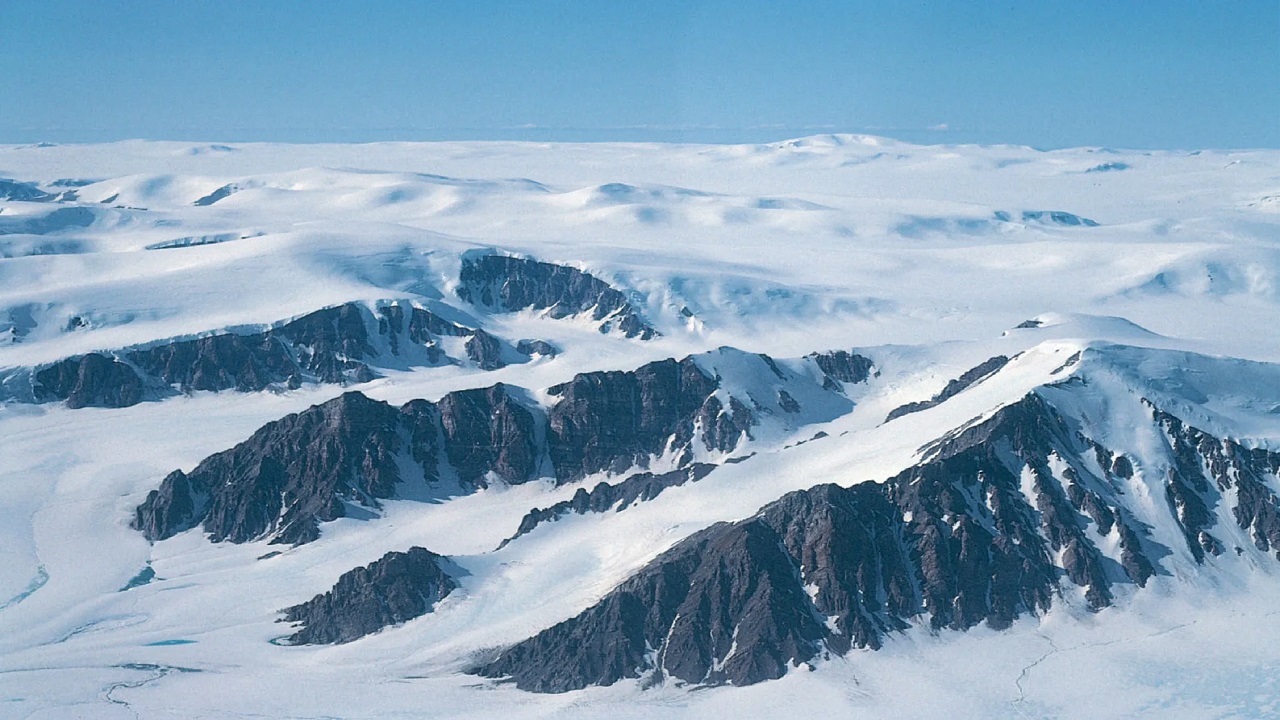Saving the Yamuna: A Wake-up Call for Delhi and Haryana
Context:
The contamination of the Yamuna River has turned into a major political issue, particularly between Delhi and Haryana. Delhi's Chief Minister has accused Haryana of polluting the river, which supplies water to Delhi. As the dispute continues, legal battles and political arguments are intensifying. However, it is crucial to look beyond the political drama and address the real concerns about the drinking water supply, pollution, and the environmental flow of the river, which directly affect the health of the Yamuna and the water security of Delhi.
Key Issues Related to the Yamuna:
1. Drinking Water Supply:
- Delhi's water supply comes primarily from Haryana, through the Wazirabad Barrage, which is dependent on water releases from Haryana’s Hathni Kund Barrage.
- The water from these sources is treated at several major plants in Delhi, including Wazirabad, Chandrawal, Okhla, Haiderpur, and Bawana.
Challenges Faced:
- Water Shortages: During certain times of the year, there is a shortage of water due to lower water levels. This causes treatment plants to shut down, leading to untreatable water and scarcity in the city.
Ammonia Contamination in Delhi’s Water:
- Ammonia, a harmful chemical, enters the Yamuna from industrial waste and untreated sewage from areas like Panipat and Sonipat.
- The contamination reduces oxygen levels in the water, making it difficult for water treatment plants to process the water effectively.
Impact:
- Water Treatment Issues: Delhi’s water treatment plants can only process ammonia levels up to 1 part per million (ppm). Anything above this level makes water untreatable, causing significant disruptions in Delhi's water supply.
Ammonia Treatment Process:
- The Delhi Jal Board (DJB) uses chlorine to neutralize ammonia in the water. Around 11.5 kg of chlorine per liter per hour is needed for every 1 ppm of ammonia.
- Winter Challenges: The treatment process is less effective in winter, when ammonia levels tend to rise. A proposed ammonia treatment plant at Wazirabad is still under development, and Haryana has not yet completed necessary pipelines to prevent further contamination.
2. Pollution – A Lingering Threat:
The Yamuna River faces many pollution challenges, which are worsening the water quality and affecting both the environment and the residents of Delhi.
- Sewage Issues: Many areas, especially unauthorized colonies, lack proper sewage systems, causing untreated sewage to flow into the river.
- Industrial Waste: Several unlicensed industries discharge untreated waste directly into the Yamuna.
- Solid Waste Dumping: Despite regulations, there continues to be illegal dumping of waste along the river.
Key Findings and Unfulfilled Commitments:
- The National Green Tribunal’s Yamuna Monitoring Committee (YMC) identified 16 major polluters, including the Delhi Jal Board, and authorities from Haryana and Uttar Pradesh.
- The major sources of pollution are the Najafgarh, Supplementary, and Shahdara drains.
- Haryana’s Commitment: Haryana had promised to set up Sewage Treatment Plants (STPs), but they have not been fully implemented.
- Interceptor Project: Delhi’s Interceptor Project, aimed at treating sewage before it enters the river, has had partial success, but the project is still incomplete.
3. Environmental Flow – The Need for Sufficient Water:
- Excessive Water Withdrawals: Over-extraction of water upstream drastically reduces the flow of the Yamuna through Delhi. This results in a higher concentration of pollutants, which further deteriorates water quality.
- Recommendations for Fair Water Distribution: The Yamuna Monitoring Committee (YMC) has recommended revisiting the 1994 water-sharing agreement between Delhi, Haryana, Himachal Pradesh, Rajasthan, and Uttar Pradesh to ensure more equitable distribution of water.
- Regulatory Intervention: The central government or the courts should intervene to ensure that the river maintains enough water to support aquatic life and dilute pollutants.
Legal and Political Context:
The Yamuna water-sharing dispute has been a longstanding issue:
- 1994 Agreement: A Memorandum of Understanding (MoU) was signed between the five states—Delhi, Haryana, Uttar Pradesh, Rajasthan, and Himachal Pradesh—to regulate the distribution of water from the Yamuna.
- Supreme Court Involvement: The Supreme Court stepped in during the 1990s to ensure that Delhi receives its rightful share of water. Despite the court's rulings, the issue remains unresolved.
Recent Developments:
- 2018: The Supreme Court directed the Chief Secretaries of Delhi and Haryana to resolve the water dispute.
- 2021: Delhi accused Haryana of withholding water, while Haryana blamed Delhi’s internal mismanagement.
- 2023 Floods: Delhi claimed that Haryana had deliberately released excess water from the Hathni Kund Barrage, worsening the situation.
- June 2024: Delhi’s Chief Minister accused Haryana of conspiring against Delhi and went on an indefinite hunger strike, which was called off after five days for health reasons.
Impact on Delhi Residents:
The ongoing political and environmental issues related to the Yamuna have serious consequences for people living in Delhi:
- Water Shortages: Severe water shortages occur, especially during the summer months.
- Health Risks: The high ammonia levels in water make it harder to treat and pose significant health risks to the population.
Conclusion – Urgent Need for Action:
The Yamuna crisis is not just a political issue but a critical environmental challenge that requires immediate attention. Despite multiple reports, recommendations, and legal rulings, there has been little progress due to political delays and bureaucratic inertia. Both Delhi and Haryana must collaborate to implement long-term solutions to the water security issue. If this continues, Delhi's water supply and the health of the Yamuna will be at serious risk. It is time for decisive action—political promises alone cannot solve the problem. Citizens need to demand accountability and ensure the restoration and protection of the Yamuna for future generations.

.jpg)


Comments (0)